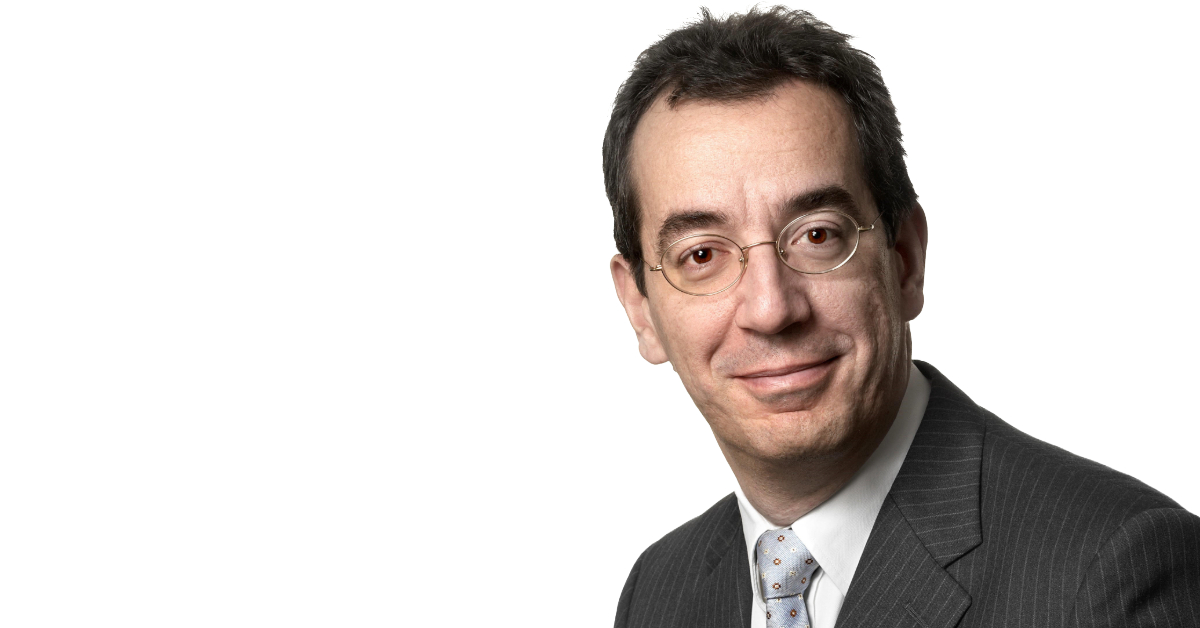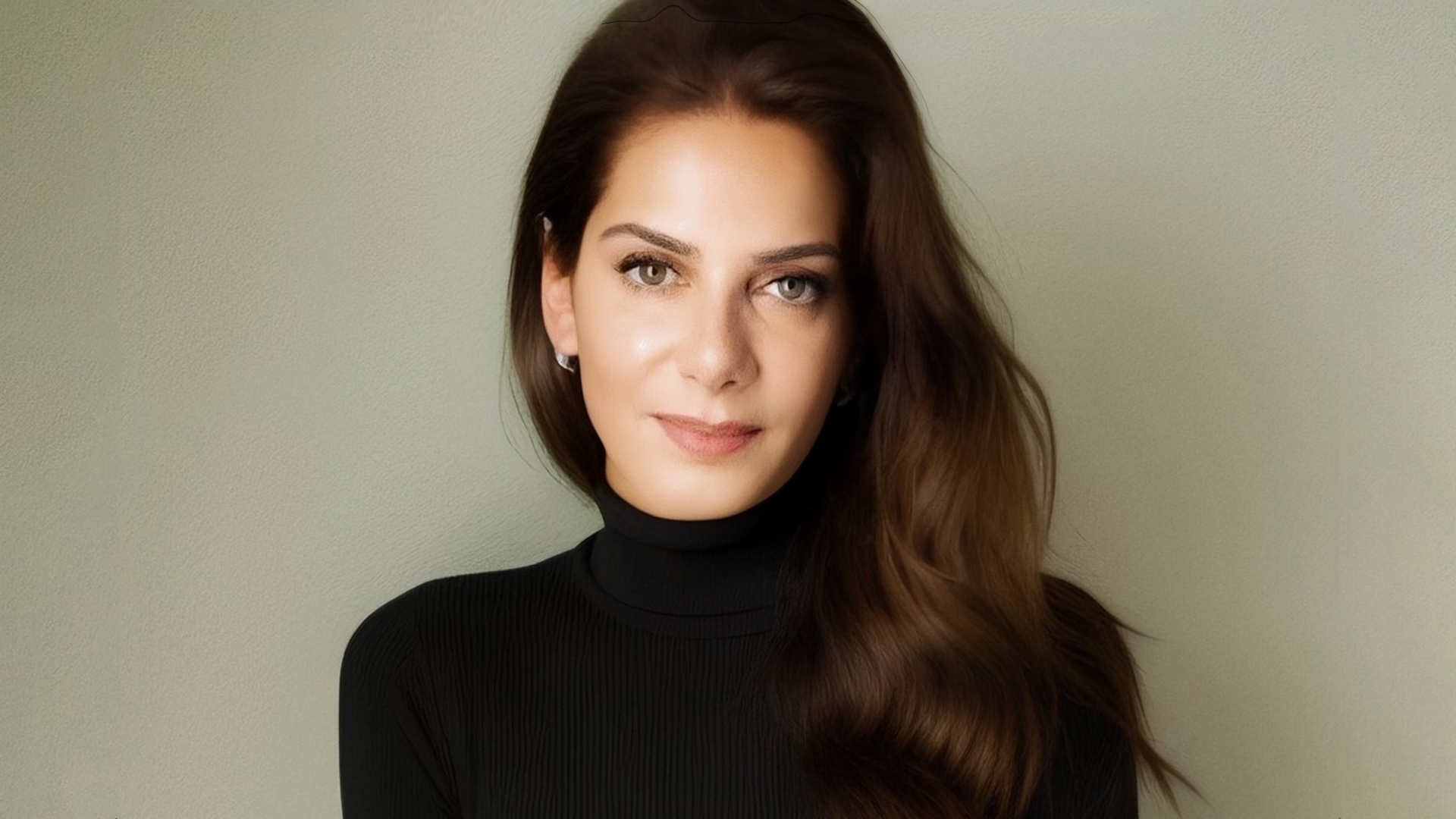International Vogue Editor Suzy Menkes shares her thoughts on Hard Luxury – both old and new – ahead of Condé Nast International’s inaugural Luxury Conference

International Vogue Editor Suzy Menkes shares her thoughts on Hard Luxury – both old and new – ahead of Condé Nast International’s inaugural Luxury Conference
International Vogue Editor Suzy Menkes shares her thoughts on Hard Luxury – both old and new – ahead of Condé Nast International’s inaugural Luxury Conference.
For the very first time, Condé Nast International will launch its very own Luxury Conference in 2015, discussing the new ideas, technologies and products that constitute luxury. And the new consumer battle for share of wallet, as products like the Apple iPhone seek to steal market share from the more traditional luxury trophies of old.
At the helm is Vogue International Editor Suzy Menkes, one of the worlds most influential fashion critics, who has attracted a veritable coterie of luxury business leaders, creatives and rising stars – including Antoine Arnault and Karl Lagerfeld – to discuss the influence of digital technology and consumer shifts on centuries-old definitions of luxury and craftsmanship.
The event takes place in Florence on April 22 and 23 2015. We caught up with Suzy at Condé Nast HQ in London to get her thoughts on luxury today and what to expect at the conference.
“ It’s difficult to define now what is luxury ”
What are some of the aspirations for the Condé Nast first big luxury conference?
I think it’s very important that, whether you’re Condé Nast or anybody else, you really try and look at luxury today and see what it stands for. Because as we know so many people have tagged onto the word luxury. Then there’s affordable luxury, and presumably there’s an unaffordable one, too.
I’m sure a lot of people have got quite confused, and some people might even say, and I sometimes agree, that it can even be used as a sort of bad word. I think it’s putting luxury back where it really should stand, meaning a kind of beauty, a work of human hands, work of the imagination and the brain. In other words, making luxury feel luxurious.
“ Now people have the same amount of money that they put aside for smart phone or handbag ”
One of my questions is how you feel about the concept of luxury in 2015. Is it something that still exists or is it something that has to be really sought out now that everything is luxury?
It’s difficult to define now what is luxury. But the most important thing I think, as with the rest of the world, is to embrace the digital world.
You cannot today say, “Well, luxury stands for beautiful leather that’s been made for 250 years the same way. Luxury is about silk.” You can’t just talk about those things that were the past expressions of luxury. You also have to accept that now, people have the same amount of money that they put aside for smart phone or handbag.
One is in competition with the other. It is no longer, of course, one might have thought that shoes and handbags were in competition. But one hasn’t thought before about the idea that buying an iPad to take pictures on was actually more important to somebody than buying a handbag or they might have to choose between them. This is completely new. I would say it’s new from the last three years, really.

Montblanc’s e-Strap
It’s something that executives must be thinking about. But I’m interested to know, what is your own definition of hard luxury in terms of the conference? Is it looking more at traditional watch and jewellery or is it looking at this new paradigm?
That’s a very intelligent question. The whole thing, the whole idea of the conference is, of course, that the traditional labels for hard luxury are watches and jewellery and we’re covering that. Instead of having great, enormous sessions on watches and on jewellery, what we’re trying to do is to fold it in a bit into the conference itself.
Because, as well as having speakers, obviously when you’re talking about Tiffany & Co, when we’re talking about Van Cleef, where we’ve got executives speaking in both cases, you’re talking about what people understand as hard luxury and we certainly know we’re talking about jewels and watches. There are other aspects as well that interest me.
There are quite a lot of young women jewellers, and I think it’s interesting the idea that women are making jewellery not just with themselves in mind, but also with the lives of other women that they know. So, that the definition of luxury changes in all sorts of ways depending on who is designing it and who’s buying it.
“ The definition of luxury changes in all sorts of ways depending on who is designing it and who’s buying it ”
Definitely. Was there any reason for choosing Florence specifically for the event?
I like the idea of Florence. The whole idea came to me when I went to Florence for Pitti Uomo and I discovered … I was shown, to my amazement, this entire room of people over their computers who were digitalizing the show as it happened. When I say the show, the display of this enormous area where they have people showing their wares.
My first reaction was, “This is so weird.” Because Florence attracts all these people … They fill up all the hotels and go to the restaurants and they come and touch the fabrics and they do everything. Why are they killing themselves, killing their own business by putting it all online.
They must be mad. And then I realized how smart they were to be able to look into the future. And what it actually means is that people can go to stands and if they don’t have enough time, they can revisit them.
“ I do think that digital has changed everything ”
Supposing that you’ve only got two days, you could only reasonably see maybe 50 stands and talk to the people. It’s a huge, non-stop thing. This way they can go back. They can go to stands they didn’t know.
And I thought, “Oh, I suppose everybody does this now.” Then I find, no, it was more or less unique to this company in Italy. Then I thought Florence is one of those interesting places. Because when it started in the Renaissance, it was all-new. It was unbelievable, you know the first people to do it all.
Of course, now it looks to us like nothing but ancient stones. I thought it would be interesting to do something in Florence that in peoples’ minds is something that’s so much an appreciation of the beauty of the past. Yet to show that underneath all that, there’s a dynamic modernity throbbing through it.

Van Cleef et Arpels
So what do you think some of the challenges with luxury brands sort of facing this new consumer landscape? What are some of the challenges they might face this year?
I do think that digital has changed everything. E-commerce, of course, is so enormously accepted by so many people whether it’s to buy their groceries or to buy their shoes. I myself have doubts about whether luxury can be expressed only online.
I think it can be expressed online, but you know it is obvious that there are bricks and mortar stores opening all the time. So it’s not like there’s a swing completely from one to the other. It seems to me that getting the balance of these things right is quite important.
This idea of choosing it online and then collecting it in store is a much smarter one, I think, for luxury. Because after all you know haven’t we all had the pleasure of choosing something and then seeing it wrapped up. Not quite the same when it just arrives, plunk, on your doorstep perhaps.
“ When you put it online, you really don’t have anything on offer except a visual proposition ”
And the other thing that I think is important is that to me luxury is so many things. The absolute basic things are the feeling of touch and smell like all these things that we associate with luxury. When you put it online, you really don’t have anything on offer except a visual proposition, which is supposed to look like what you’re going to buy. And the other thing is speed. It seems to me that luxury online has rather adopted that idea.
Burberry, if you call that a true luxury brand, the one thing they’re offering and it’s very exciting to a lot of people, is you can be the first to have this. You can get it first. And more and more we’re seeing this. You know the handbag people. You can get the bag now, immediately. I think this has got to be thought through. Is speed the answer? Does it really express luxury in any lasting form? There are as many questions as there are answers I think.
“ Where I think we’ll see really interesting things for the future is in India ”
Which will make for a great conference! On a more positive note, where do you think some of the opportunities might lie for luxury in the coming year?
It’s really amazing. This is my first conference for Condé Nast, but I’ve been doing conferences right through this millennium. Where I think perhaps the beginning and how much luxury has expanded since then, it really is extraordinary. There always seems to be new lands to conquer. Where I think we’ll see really interesting things for the future is, for example, in India, where there has never been, as there’s been in China, this cultural revolution.
You’re talking to a country where the idea of luxury in terms of beautiful smells, wonderful fabrics and things is part of the warp and weft of the whole country. So it may.. be quite a long way to go because they still have such complicated tax system on bringing in goods. Looking over the next half century, I think that will be a very interesting area.

Apple Watch
Then shift from everybody owning things or owning luxury to moving towards more experiencing. How do you think that bodes for jewellery and watches? Will they need to evolve or will it be challenging?
I think that watches and jewellery are in a different category to handbags and clothing. Everybody feels, after the famous Patek Philippe ad has really tried to sum up, the lasting joy and pleasure of having a watch. But, you know, we have to face it.
They’re going to be challenged this spring by the Apple watch that is something completely different. It interacts with your whole life. You are going to be looking at a watch that will not just tell you the time or things that smart watches tell you now. It’s going to be telling you how many runs you’ve done that day. It’s going to tell you an enormous number of things about yourself. So, even like-to-like, watches are no longer as they were.
So to embrace luxury now, you have to have a very open mind. Yet, at the same time, a beautiful jewel is a beautiful jewel. We haven’t found anybody yet who can kind of replicate the sensation visually and in terms of pleasure that you get when looking at a beautiful emerald. It hasn’t been done and I’m not sure it will be in my lifetime.
“ To embrace luxury now you have to have a very open mind ”
The conference will talk about new consumer generations. What do you think is a big challenge facing brands in attracting the younger consumers? Or, do you think they’re doing a good job?
Obviously, the real problem with brands, I think, is what I would call the age gap. I’ve had these experiences over the last five to seven years when I’ve talked to CEOs about what they’re doing online. They are all full of information about it and say, “We’re doing this and we’ve digitalized our store,”.
But then I say, “Who does this?” “Oh, we have an enormous team. We have x-number of people doing it” and so on. Then, I take a breath and I say “And tell me about your bricks and mortar stores. What are you doing there?” Their face lights up with tremendous enthusiasm. Their whole attitude changes. I really believe that this is an age thing. That we’re talking about CEOs who are probably pushing 55, 60 who have not grown up with this.
Now when the CEOs who take over are the ones who have grown up in a digital world, I think the challenge will be much less. There will be much less of a divide within the luxury brands. Not that I’m being ageist here. Heaven knows, I’m old enough myself.
I do feel that most of what’s being done at the moment tends to be sort of after the event. It’s chasing things. It’s once we got so many bloggers talking honestly about things, then the luxury brands descended on them, showered them with gifts. You might almost say tried to muzzle them with pleasure and joy.
“ I do feel that most of what’s being done digitally at the moment tends to be somewhat after the event ”
Kill them with kindness perhaps?
Kill them with kindness and luxury. Perhaps that’s a follow-up procedure. This wasn’t an initiation procedure. We are seeing more now things that are done specifically for online. There have been some rather good things. Prada was one of the leaders when they worked with James Lima, who’s done really interesting things with what would have been called otherwise sort of advertising.
Much more engaging and very important. Yet, I still think, maybe it’s because I work for Condé Nast, that the joy of seeing these things, products, advertised on glossy paper … something you can take to bed and stroke … still have a certain glamour that you’re not getting when it just pops up on your phone.
James Lima for Prada
We have the very iconic Karl Lagerfeld joining. What are you hoping that he will bring to the conference and to the discussions?
I’m asking Karl Lagerfeld a specific thing overall which is why he’s so obsessed by the future, why he thinks it’s so important always to be thinking forward and never to be thinking back. He doesn’t do exhibitions of what he did 40 years ago.
Karl Lagerfeld will be in Italy at the moment, I believe, when he’s been 50 years at Fendi. That’s five, zero years at Fendi. That is very impressive. And yet, there’s a way that he is able to refresh things which is certainly a lesson to us all.
“ I’m asking Karl Lagerfeld a specific thing overall which is why he’s so obsessed by the future ”
And finally, your list of speakers is quite exceptional. What are you hoping to achieve with this mix?
I really have tried hard with the speakers to get a balance between the creative people. People like Alber Elbaz. Also people like Iris van Herpen, who won’t be a name that everybody knows, but somebody who’s tremendously forward looking and imaginative in what she does.
Of course, to have a lot of CEOs, have someone like Antoine Arnault really speaking for the first time for LVMH about what he’s doing and where the company’s going. I think it’s important to have both sides and I think that’s why conferences that I put together I hope that they are unique in that they do get this balance between what you might call the money people and the creative people.
This is the great but, it’s no longer like that. Creative people have to be aware with all the different ranges they have. They have to be much more aware of the customers. The CEOs have to be much more aware of what is creative, what is digitally good. So it marks also the changing roles of these people and their titles.
And the shift towards a merging of the two. Like we have seen with Christopher Bailey’s appointment as chief creative officer and chief executive officer.
Yes! But he’s about the one person who isn’t on my list. There’s always next year.
To further investigate digital luxury on Luxury Society, we invite your to explore the related materials as follows:
– Understanding the Digital Luxury Consumer
– The New Social Media Deal for Luxury Brands
– How to Reach China’s Young HENRYs through Social Marketing










